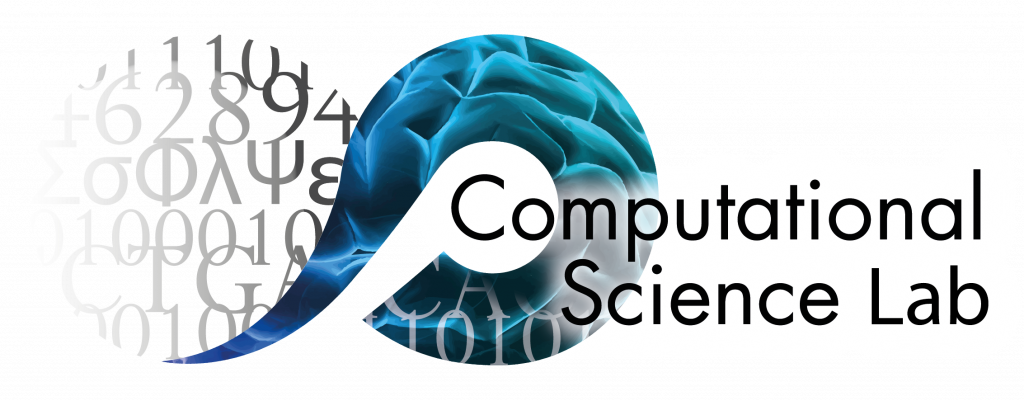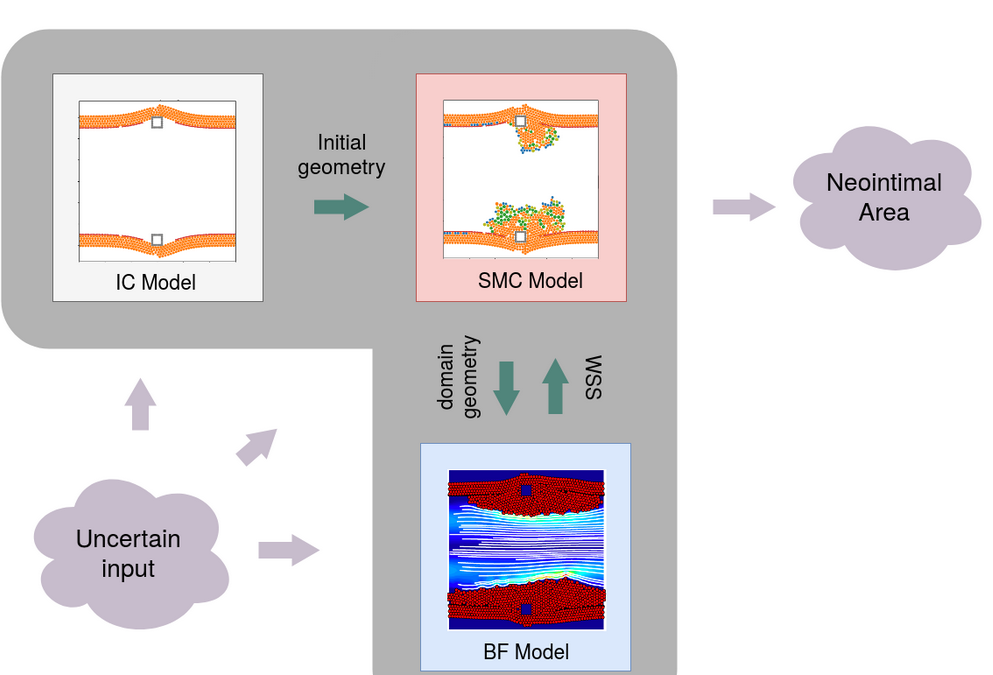Dongwei Ye, Anna Nikishova, Lourens Veen, Pavel Zun and Alfons Hoekstra has published a new paper on Non-intrusive and semi-intrusive uncertainty quantification of a multiscale in-stent restenosis model in Reliability Engineering & System SafetyThe In-Stent Restenosis 2D model is a fully coupled multiscale simulation of post-stenting tissue growth, in which the most costly submodel is the blood flow simulation. This paper presents uncertainty estimations of the response of this model, as obtained by both non-intrusive and semi-intrusive uncertainty quantification. A surrogate model based on Gaussian process regression for non-intrusive uncertainty quantification takes the whole model as a black-box and maps directly the three uncertain inputs to the quantity of interest, the neointimal area. The corresponding uncertain estimates matched the results from quasi-Monte Carlo simulations well. In the semi-intrusive uncertainty quantification, the most expensive submodel is replaced with a surrogate model. We developed a surrogate model for the blood flow simulation by using a convolutional neural network. The semi-intrusive method with the new surrogate model offered efficient estimates of uncertainty and sensitivity while keeping relatively high accuracy. It outperformed the results obtained with earlier surrogate models. It also achieved the estimates comparable to the non-intrusive method with similar efficiency. Presented results on uncertainty propagation with non-intrusive and semi-intrusive metamodelling methods allow us to draw some conclusions on the advantages and limitations of these methods.
You can find further details here: link


